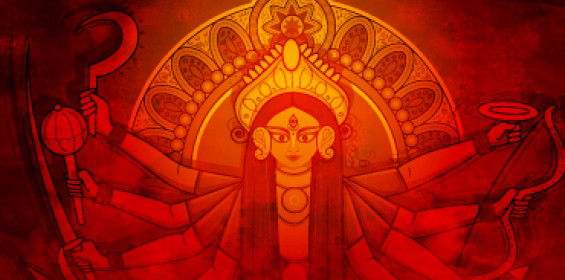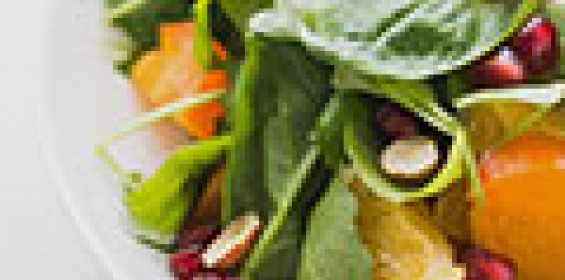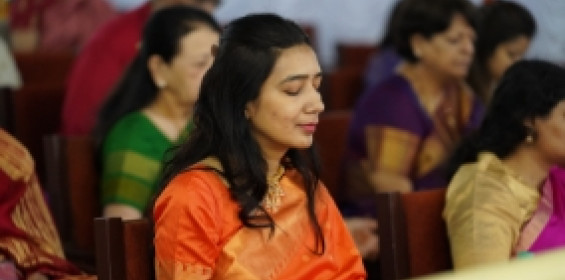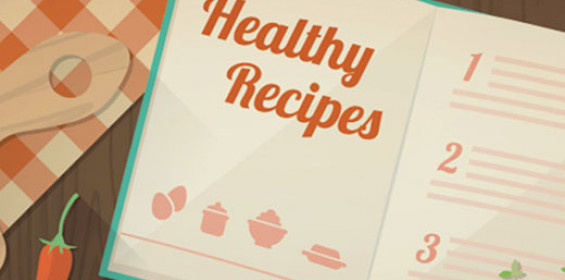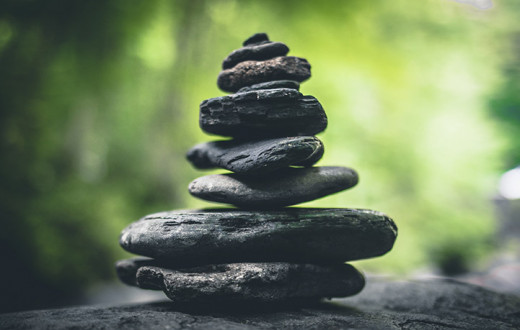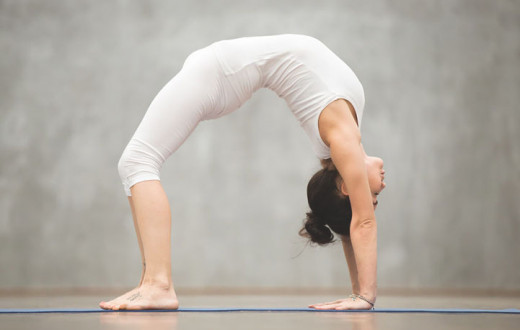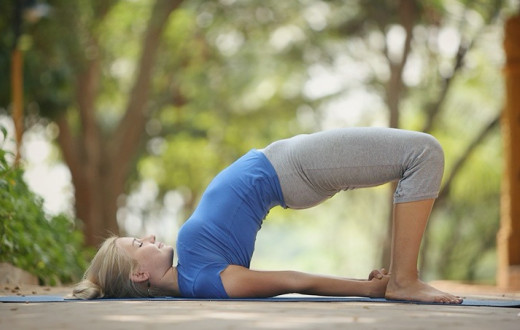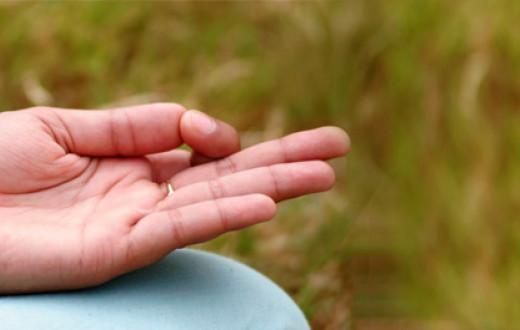Ganesh Chaturthi is a colorful, joyous, and prosperous festival that is celebrated in different parts of India to mark the birth of Lord Ganesh, the son of Lord Shiva and Goddess Parvati. Ganesha is heralded to be the Vigna Harta or the one who removes difficulties and obstacles from life, and therefore, each year, his birth is celebrated as a fresh start or the harbinger of new beginnings without difficulties. Even a child in India knows that Lord Ganesha or as he is lovingly called ‘Bappa’ is fond of food, so how can the festival not entail a variety of traditional sweets and treats?!
This year as you celebrate the festival from the comfort of your home, recreate the same food ambrosia, but in your kitchen. Here are two traditional, easy-to-follow recipes that are bound to please Lord Ganesha, and bless your home and health with good fortunes!
1. Ukadiche Modak
A Traditional Maharashtrian steamed dumpling

Ingredients
For the filling
- 2 cups Fresh grated coconut
- 1 cup Organic jaggery
- 2 tsp Cardamom powder
- 1/2 cup Dry fruits (cashews, raisins, almonds)
- 1 tbsp Ghee
For the outer layer
- 2 1/2 cups Rice Flour
- 9-10 strands of saffron
- Pinch of turmeric powder
- 2 tbsp Ghee
- Water to knead a soft dough
How to prepare
For the Filling
- In a pan, add the coconut, jaggery, and ghee. Mix all together and keep on a low flame.
- Keep cooking the mixture till it begins to thicken, and you can see it clump together. Remember to keep stirring gently on a low flame.
- Now, add the dry fruits and cardamom powder.
- Give it a mix, and allow the mixture to cool completely off the flame.
For the Outer layer
- In another pan, bring water, saffron, turmeric powder, and ghee to a boil on a low flame.
- Once the water reaches boiling point, start adding the rice flour, stirring continuously so that no lumps form. Make sure you do not add a lot of water at once, otherwise you will not get a dough-like consistency.
- Once the water has been absorbed by the rice flour, and you can see the dough forming, cover the pan with a lid, and let the mix cook for a minute or two.
- Now, remove the dough from the pan, and cool it.
- Grease your hands with a little water and ghee, and begin kneading the dough smooth and lump-free.
For molding
With a mold
- If you are using a modak mold, grease its insides, and add one small dough ball into the mold.
- Using gentle pressure, spread the dough all over the mold walls.
- Now. add the stuffing inside the hollow and press upon it lightly to pack it tight.
- Finally, seal the open end with some dough.
- Open the mold carefully and remove the modak. Place it on a tray or plate. Do not forget to keep the modaks covered with a damp cloth before steaming.
- Complete the process for all other modaks.
By hand
- If you are using your hand, take a small ball of the dough in your hands, and press slightly to make a small disc.
- Once the disc is 3-4 inches in diameter, start adding the filling to the center.
- Now, using your thumb and finger, start pinching the corners inside like petals
- Once your pleats are ready, use some water to seal the top with gentle pressure, and your modak shape should be ready
To steam
- In a steamer, put a banana leaf or muslin cloth on the steam rack. Please ensure that the water is boiling before you do this.
- Brush the modaks gently with some water and place them in the steamer.
- Cover the lid and steam for 20 minutes on low flame.
- Once cooked through, take it out on a plate and cool.

Your modak is ready to be served to Bappa!
2.Rava Sheera Recipe
A sweet dish made of semolina

Ingredients
- 1 cup Bombay rava (not fine)
- 1 cup Ghee
- 1 cup Brown sugar
- 2 cups Milk
- 1/2 cup water
- 4-5 strands Saffron (Kesar)
- 1 tsp Cardamom Powder (Elaichi)
- 1/2 cup sliced Dry Fruits of choice (almonds, cashews, raisins)
- 2 tbsp Dry fruits for garnish (almonds or cashews)
How to prepare
- Begin by adding ghee to a pan, and melt it completely on a low flame.
- Now add the rava and saffron, and roast until golden brown. This is key. Roast on a low flame, otherwise the rava will get burnt.
- In another pan, bring the milk and water to boil.
- Once the rava is roasted and you can smell its aroma, add the dry fruits, and mix well for a minute or so, till the dry fruits start getting slightly brown.
- Now slowly start adding the milk in a thin stream to the rava pan, and mix continuously.
- After the rava has absorbed the milk completely, add the brown sugar and cardamom powder, and mix well.
- Cover the pan for 2 minutes at this stage to allow the sugar to melt completely.
- Garnish with dry fruits and a pinch of cardamom powder.

Your prasad for Bappa is ready!
If you would like to explore more delicacies, you can try these mouthwatering Navratri recipes.
(With inputs from Kaushani Desai, Ayurvedic cooking instructor, The Art of Living)

